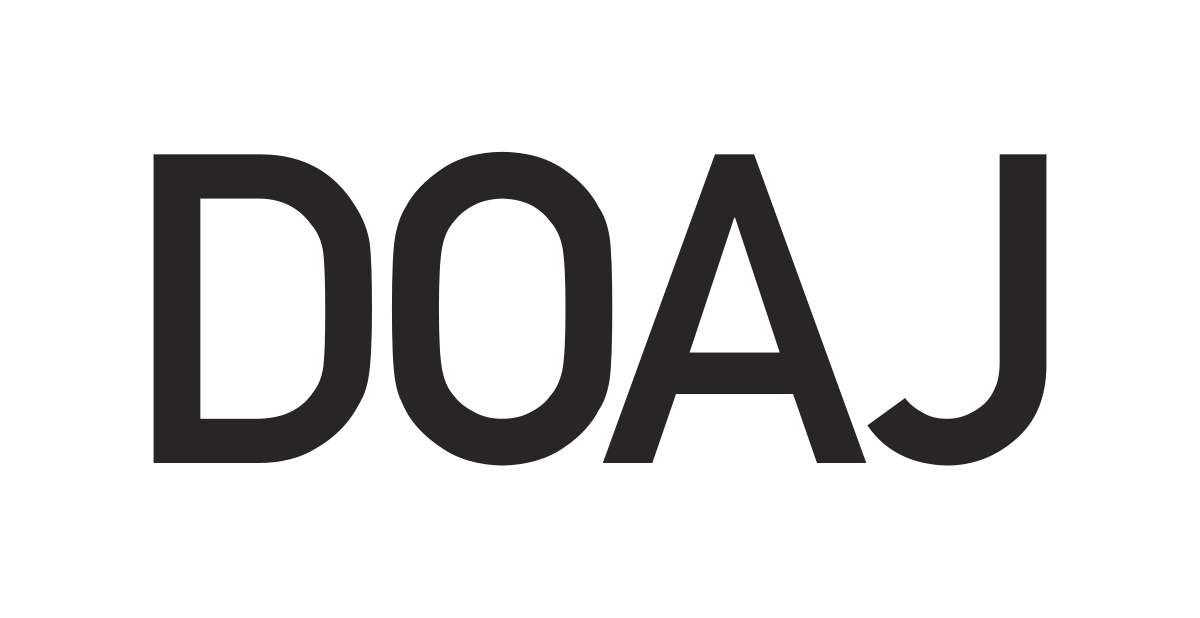Rancang Bangun E-Learning Pronunciation Bahasa Inggris STKIP Setiabudhi Rangkasbitung Berbasis Web
(1) Universitas Serang Raya
(2) STKIP Setiabudhi
(*) Corresponding Author
Abstract
Keywords
Full Text:
PDFReferences
Haris Budiman, “Peran Teknologi Informasi Dan Komunikasi Dalam Pendidikan,” Al-Tadzkiyyah J. Pendidik. Islam, vol. 8, no. I, pp. 31–43, 2017.
Pusvyta Sari, “Memotivasi Belajar Dengan Menggunakan E-Learning,” Ummul Quro, vol. 6, no. Jurnal Ummul Qura Vol VI, No 2, September 2015, pp. 20–35, 2015, [Online]. Available: http://ejournal.kopertais4.or.id/index.php/qura/issue/view/531.
A. Faizal M and A. Alimudin, “Penerapan Teknology Speech Recognition Untuk Latihan Pronunciation Bahasa Inggris Melalui Metode Dictation Di Program Studi Multimedia Broadcasting Politeknik Elektronika Negeri Surabaya,” NJCA (Nusantara J. Comput. Its Appl., vol. 3, no. 1, pp. 50–60, 2018, doi: 10.36564/njca.v3i1.63.
P. Novantara, “Implementasi Dan Efektifitas Mobile Learning Dengan Menggunakan Metode Synchronous Dan Asynchronous Learning Pada Pembelajaran Bahasa Inggris Di Universitas Kuningan Berbasis Android,” Buffer Inform., vol. 3, no. 1, pp. 22–27, 2017, doi: 10.25134/buffer.v3i1.932.
W. Susanti, R. R. Yuliendi, A. Ambiyar, and W. Wakhinuddin, “Perancangan Pembelajaran E-Learning Bahasa Inggris Untuk Pemula Berbasis Multimedia,” Edukasi J. Pendidik., vol. 18, no. 1, p. 101, 2020, doi: 10.31571/edukasi.v18i1.1601.
I. W. B. Manda Rohandi, Nurlaila Husain, “Pengembangan Web-Based Computer-Assisted Language Learning Dalam Matakuliah English Intensive Course,” in Seminar Nasional Vokasi dan Teknologi (SEMNASVOKTEK), 2016, pp. 11–18.
Darmawati, “Improving Speaking Skill Through Mobile-Assisted Language Learning ( MALL ),” J. Teknol. Sist. Inf. dan Apl., vol. 1, no. 1, pp. 24–30, 2018.
E. Supraptono and H. Setiawan, “Dampak Penggunaan Media Pembelajaran Berbasis Web Terhadap Kompetensi Materi Perkuliahan Elektronika Dasar,” J. Penelit. Pendidik. Indones., vol. 2, no. 3, pp. 1–9, 2017.
A. I. Sari, “PENGGUNAAN PODCAST UNTUK MEMPERBAIKI PENGUCAPAN ( PRONUNCIATION ) MAHASISWA DALAM,” vol. 4, no. 1, 2020.
E. F. Wati and A. A. Kusumo, “Penerapan metode unified modeling language ( UML ) berbasis desktop pada sistem pengolahan kas kecil studi kasus pada PT indo mada yasa tangerang,” J. Inform., vol. 5, no. 1, pp. 24–36, 2016, [Online]. Available: https://journal.unsika.ac.id/index.php/syntax/article/view/699.
W. E. Susanto, Y. Galuh, and A. Astuti, “Perancangan E-Learning Berbasis Web Pada SMP Negeri 3 Patuk Gunungkidul Yogyakarta,” vol. 5, no. 2, 2017.
D. Siregar, M. E., Anyangsen, “Aplikasi Game Edukasi Belajar Menghafal Huruf dan Angka Berbasis Android dengan Metode Prototype Master Edison Siregar 1,” J. Inov. Inform., vol. IV, no. 2, pp. 1–8, 2019, [Online]. Available: http://jurnalpradita.com/index.php/jii/article/view/93.
DOI: https://doi.org/10.32736/sisfokom.v9i2.907
Refbacks
- There are currently no refbacks.








